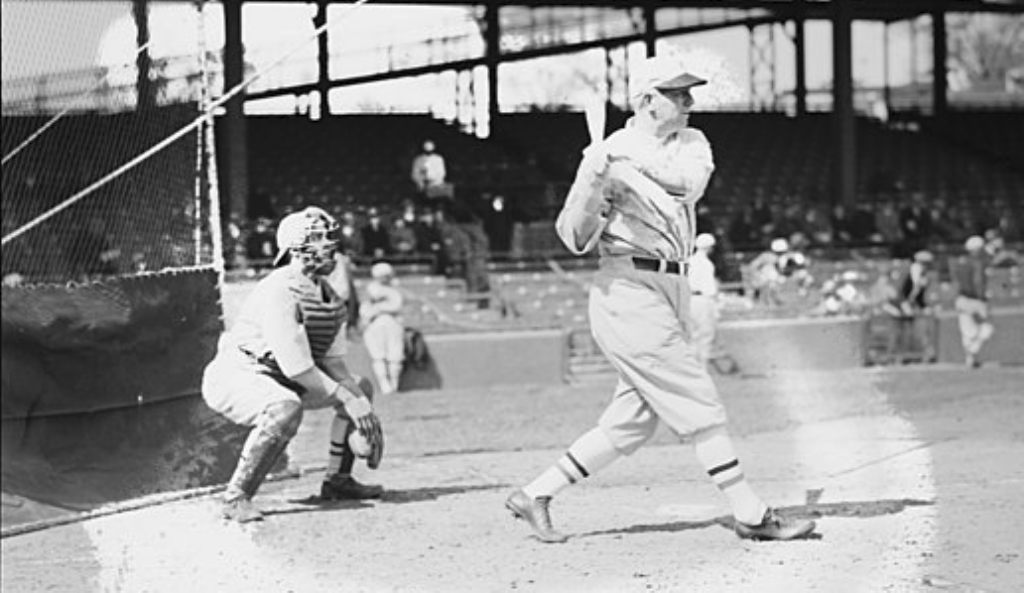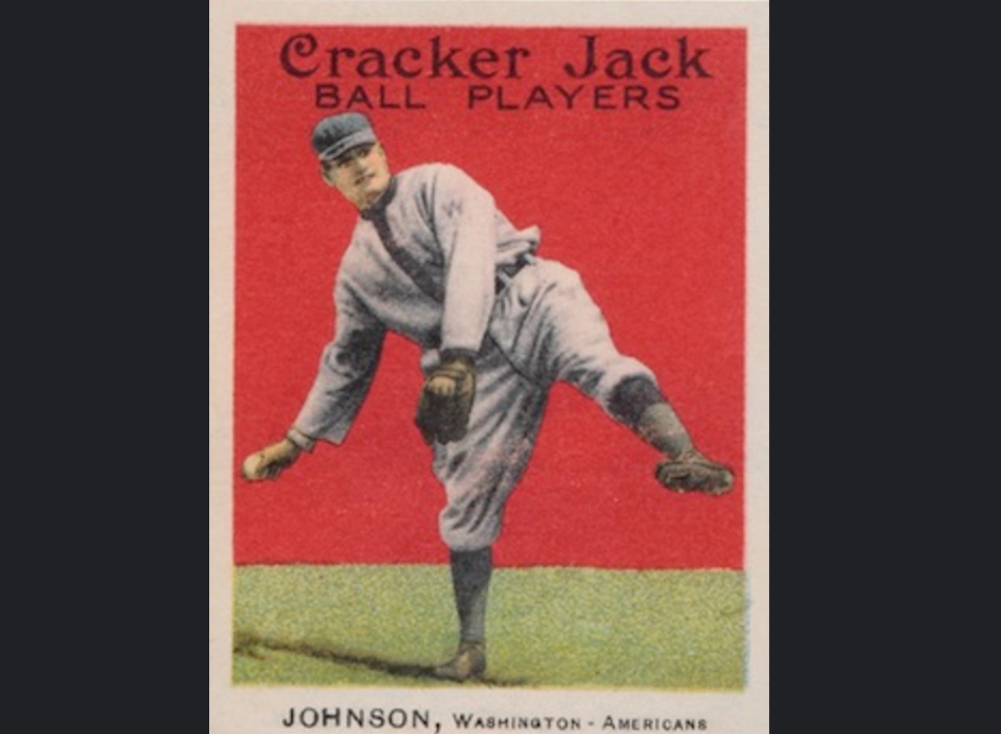We connect with some general topic subject matter for atletic jerseys of our sports heroes. Sports uniforms are more than just clothing. They are a visual language, a symbol of identity, and a powerful force that transcends the playing field. Their importance lies not only in practicality but also in the way they shape our perception of the game and the athletes who wear them.
At their core, uniforms serve a clear purpose: to distinguish teams and players. Contrasting colors allow for easier identification on the field, crucial for referees and fans alike. For players, uniforms promote a sense of unity and belonging, fostering teamwork and camaraderie.
Uniforms are a powerful tool for building team identity. Colors, logos, and unique design elements become synonymous with a team's history and tradition.
These subjects are part of the wide world of sports history. The people, teams, and events that made a memorable mark in athletics.












